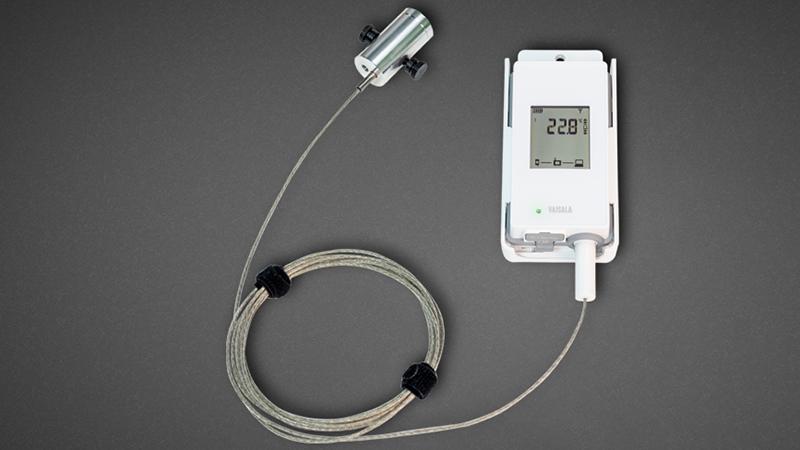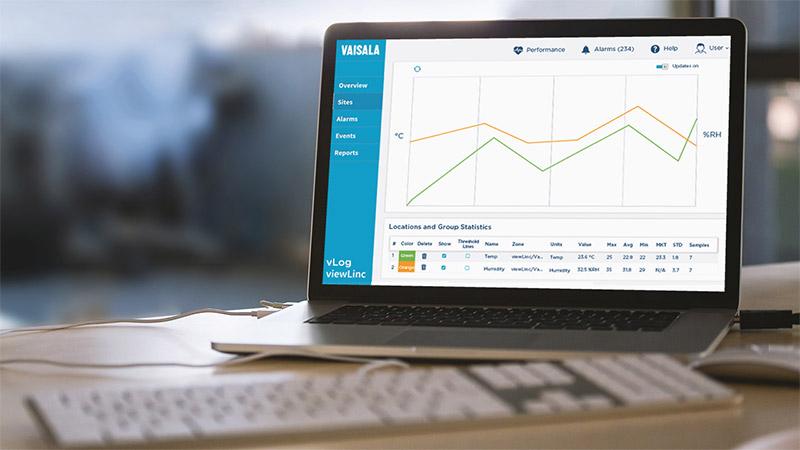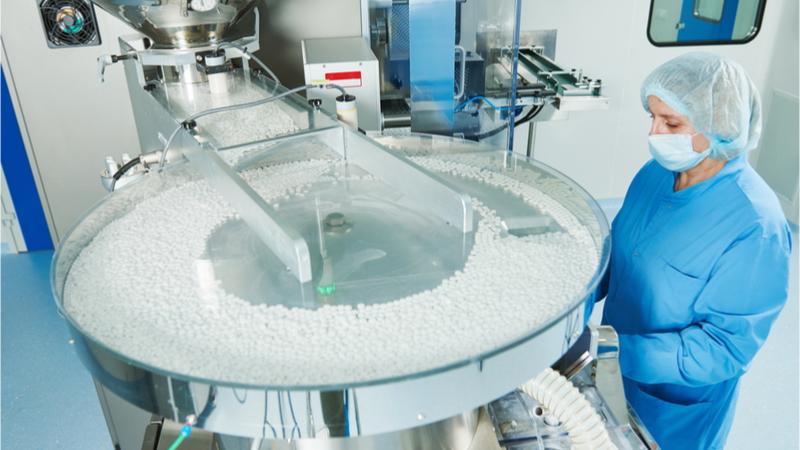Temperature buffers

Learn best practices for using temperature buffers in GxP applications
Temperature sensors used in critical applications are often placed into a buffering device to ensure that normal fluctuations in temperature-controlled environments do not cause false alarms. However, the use of a temperature buffer (sometimes also called dampers) has different benefits depending on whether it is used in monitoring or mapping applications.
In mapping validation, sensors might be buffered to ensure temperature data are closer to the actual temperature of products that will be within the environment. In continuous monitoring, buffering sensors serves mainly to limit false alarms from brief temperature excursions. In both scenarios the goal is to control the rate of change so that the temperature measurement data accurately reflects conditions of the storage area or unit.
In this application note, we discuss different types of thermal buffers, as well as the option of using time-based buffers (alarm delays) in monitoring software. We also discuss the utility of standardizing the type of buffering material used and propose that reducing variability in thermal buffering methods will make measurements more repeatable and reliable.
You can modify your preference settings or unsubscribe at any time here

viewLinc Monitoring, Alarming and Reporting Software
The viewLinc Enterprise Server software monitors temperature, relative humidity, CO2, differential pressure, level, door switches, and more, offering low cost of ownership due to easy connectivity to your existing network, remote access, and scalability up to thousands of monitored locations. Multi-site monitoring is simple, global systems can be run off a single server location.

Life Science
For over 50 of the world’s top life science companies, Vaisala provides measurement devices and monitoring systems for continuous records, reports and alarms. These solutions are used to monitor temperature and humidity conditions in research and development, production, and storage environments. With our solutions and services, life science companies ensure the quality and safety of their products, and maintain compliance with global regulations.